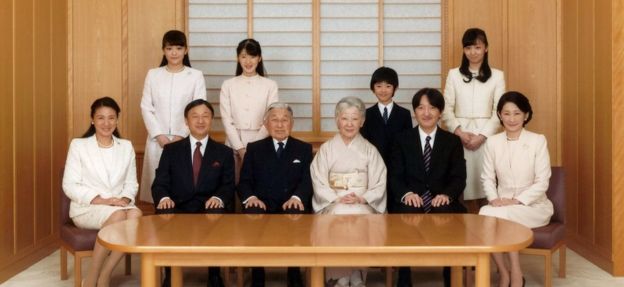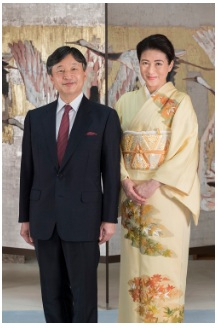
After a hiatus of 23 years of Cold War-centric freeze, Japanese Prime Minister visited India in 1984, heralding a new era of increased involvement of Japan in the South Asian country. Though the move has in the backdrop Japanese car manufacturer Suzuki's entry to India in a joint venture with Maruti Udyog, it proved indeed a milestone for both Asian giants to see an interdependent model, clearing some long-due thorns on their way to proximity.
Among other projects announced by Prime Minister Yasuhiro Nakasone in 1984, one related to increased interaction between the youth of South Asia and Japan, took off two years later and in 1986 more than 25 South Asian Youth members were invited to participate in a Meet in Tokyo. The youth delegation drawn from India with 15 sportsmen, NCC and NSS representatives in their national dress, white Nehru coats, landed in Tokyo in the third week of September 1986, including the writer.
One of the first and foremost events included a hearing with then Prince Naruhito. The delegation consisting of India, Pakistan, Sri Lanka, Nepal and Bhutan reached the Tokyo Imperial Palace, the official residence of the Prince who had just returned from his London sojourn as a student at the Oxford University.
As is the norm in Japan, the Oxford-returned Prince entered the room exactly on time. He started shaking his hands with every youth delegate. When I (writer) was introduced as an M.Phil student from India, he gave a smile that is not common to expect from the Japanese Imperial Family. He took time to converse with me and recollected how he was still pursuing his research on Thames River's navigation history at the Oxford, from where he just returned. He further enquired about my topic for research related to Japan, before moving on.
The memorable event was, of course, captured in camera by the Imperial Household photographer. When I enquired whether I could get a photograph of the meeting, the staffer said that the photos would be sent to respective Japanese embassies. Elated to have met the most impressive, educated and cordial person from the Japanese royalty, I returned along with the members of the South Asia Youth Delegation.

It was almost a year later that I happened to meet a neighbour of Prince Naruhito in his hostel at the Oxford University by name Ajit Kumar Jha, who happened to be my senior at Jawaharlal Nehru University. He vividly recollected how the Prince preferred a student's lifestyle though he could have chosen to live in a palace away from the hostel. The two guards in blue uniform standing in attention at his door was the most common sight, he said.
Precisely this is how his mother, a commoner herself prior to the marriage, wanted to instill the values of humanity and humility in the future Emperor of Japan. Later, in 1989, the Prince submitted his thesis on "A Study of Navigation and Traffic on the Upper Thames in the 18th Century" to the Oxford University. Not leaving behind the lessons, Prince Naruhito went ahead and married in 1993, his soul mate Masako Owada, an ex-diplomat and a commoner, despite initial opposition from the Imperial Household Agency.
Finally, on Wednesday, May 1, 2019, the Prince ascended the Chrysanthemum Throne to become the Emperor of Japan, and he remains the head of the state and unity of the country. Many people hope the Reiwa Era begins to reckon all good things to happen for Japan and its economy.









